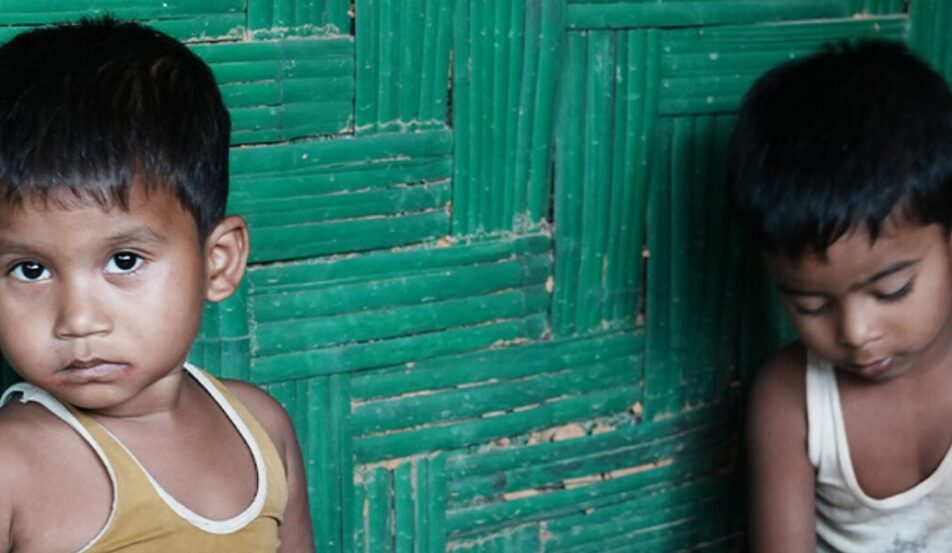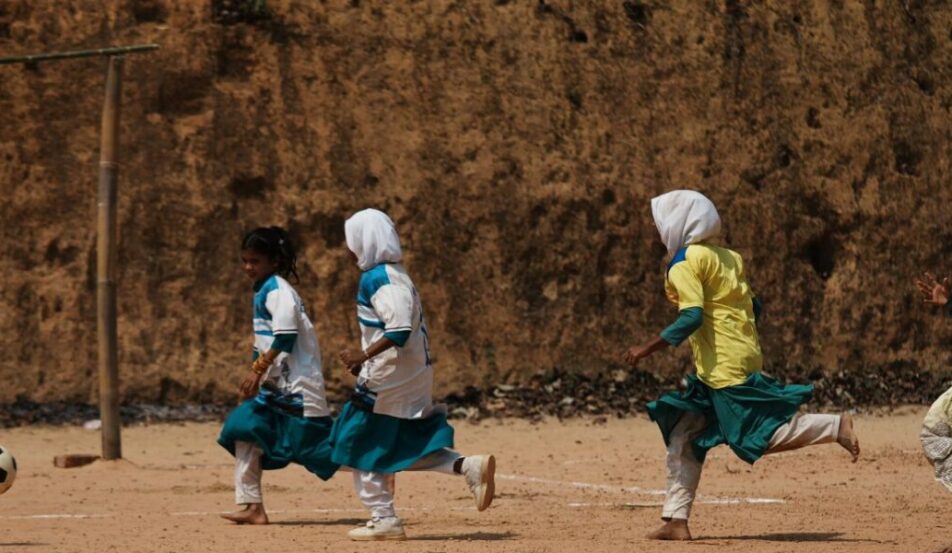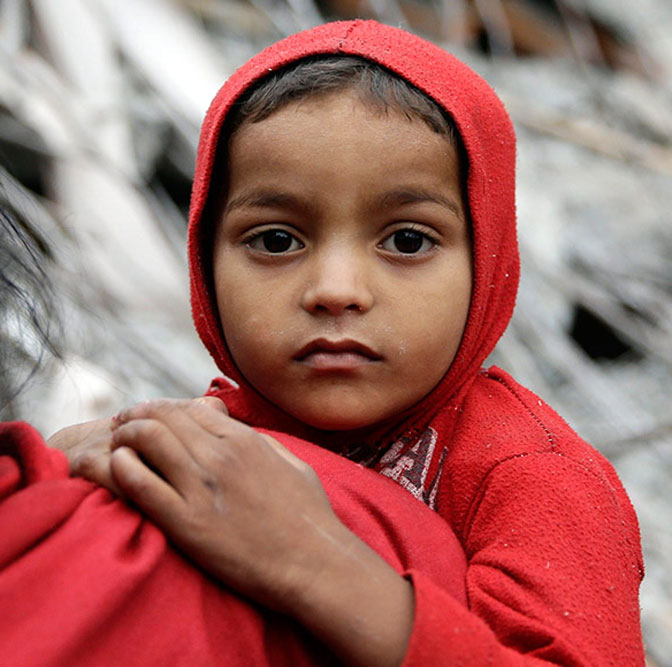Update on the Horn of Africa food crisis: Q&A
Q&A with Isam Ghanim, executive vice president of programs, ChildFund International
What has led to this food crisis?
It’s a situation that we refer to as a slow onset emergency. This was caused by two consecutive rainy seasons failing and the short rainy seasons in Kenya and Ethiopia also failed. This has led to an increase in food prices. There is also high inflation in all of these countries. And there is violence in Somalia. A significant number of Somalians have moved to established camps in Ethiopia and Kenya.
Families entered this crisis with depleted assets and very poor physical conditions. For almost two years now they have been affected by food shortages. They are suffering from nutritional stress. There is only so long you can cope before you fall into acute malnutrition. The physical conditions (environment) and the health conditions (disease) take their toll.
What is the current situation?
More than 11 million people are affected. In the areas where ChildFund works, we estimate 660,000 people are affected, with 7,000 children facing life-threatening conditions. This is a very serious situation. Stress indicators are reaching the levels that you see in the middle of a famine. Without immediate intervention, children will die.
Most are not eating for days. People are completely dependent on wild fruits – there is no access even to the minimum water needed to sustain life. Aggravating the situation is the HIV/AIDS pandemic. There are large numbers of children living with HIV. Their ability to cope with disease is compromised.
What impacts of the drought are we seeing?
Children and their parents are malnourished and at increased risk of disease due to poor hygiene because of the shortage of water. They are suffering from physical and emotional stress. People are moving from their homes.
The most grievously affected are women and children. They have less capability to move. For young children, there is a permanent impact on their health – stunting, wasting, mental development. If the mother is breastfeeding, she won’t have enough milk. When parents are under significant stress, the normal care and support for children will be minimised.
What drives people to leave their homes?
People start to sell their jewellery, their home furnishings. Then they sell their livestock for very cheap prices. Then they reach the level where they decide to sell the roof of their home (a very precious item). At that point they have already decided to seriously consider moving – and that leads to more stress.
Parents face an agonising decision – shall we leave or stay? It’s a death sentence if they stay, but if they leave a child could die on the long journey. They are dehydrated. They face heat stroke. They don’t have good transportation. They walk for long distances when they already are in poor health.
What is ChildFund doing to help?
ChildFund is addressing the immediate life-threatening conditions affecting children – providing food, water and basic health services, as well as supplemental feeding through early childhood and development centres to ensure babies and young children will not fall into acute malnutrition.
In addition, ChildFund is working to help families stay in their own communities so that when the rains come in September they are there to plant crops and cultivate their farms. If they don’t plant, they will lose another harvest and experience another year without food.
There is also a need to address child protection issues. Parents are too weak to care for their children. They have no roof over their head. Providing support so that families don’t deplete their resources is critical – it’s part of their coping mechanism.
Is there any hope for these children and families?
The situation is dire and alarming but not hopeless if we act with the skill, determination and efficiency that is required to address the immediate needs. No doubt there are structural issues – infrastructure, economy. These need to be addressed but should not handicap the emergency response. The focus now must be on saving lives.
Some ask, “Where is the government?” They are responding, and we are working closely with them. They have kept the borders open but it’s an untenable situation. They can’t support both a large influx of refugees and the local communities. Private support will maximise the government support. It is critical that all of the resources needed to save lives are provided to these communities.
How long is the crisis expected to last?
The hope is that the rainy season that starts in September will not fail. To benefit from the season, families need support to stay in their communities so they can cultivate their farms. They can’t miss the agricultural season. The next rainy season will be very critical to provide assistance.
Isam Ghanim has worked in the international development sector for 23 years. He was actively involved in Sudan, Ethiopia and Somalia during the 1980s food crisis.
Photo: Young children in drought-affected areas in Kenya’s Turkana district are in urgent need of food, water and nutritional supplements. ©Jake Lyell Photography/ChildFund






